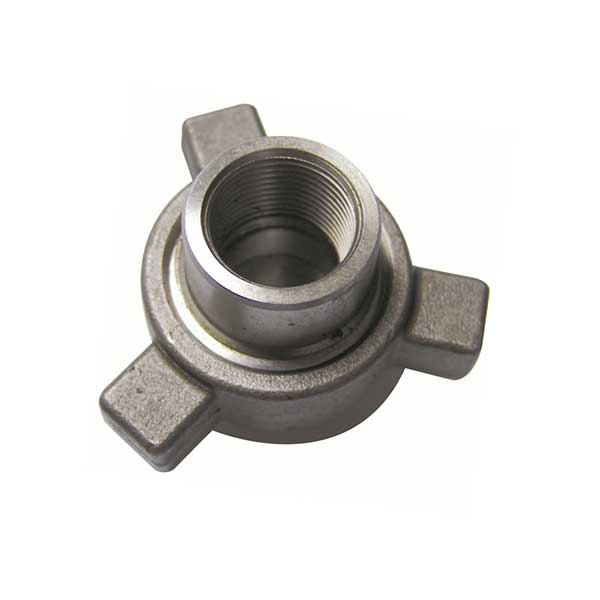When discussing the composition of a forging design system, it is important to clarify that the term “forging” typically refers to a metalworking process, and it may not directly relate to a design system in the context of software or user interfaces. However, if you are referring to a design system specifically tailored for the forging industry, the composition may include the following elements:
Design Principles
Establishing design principles specific to the forging industry can guide the overall visual and interaction design decisions. These principles may focus on safety, efficiency, ergonomic considerations, and adherence to industry standards.

Visual Style
Defining a visual style guide for the forging design system helps ensure a consistent and visually appealing user interface. This may involve selecting appropriate colors, typography, iconography, and other visual elements that align with the industry’s aesthetics and brand identity.
Component Library
Building a component library specifically designed for the forging industry allows for efficient and consistent development of user interfaces. This library may include specialized components for displaying and interacting with forging-related data, such as temperature controls, pressure gauges, tool selection, or material properties.
…
More detailed information about the composition of the forging system can be accessed by clicking: https://www.gold-emperor.com/design-system-composition/


